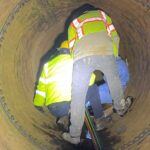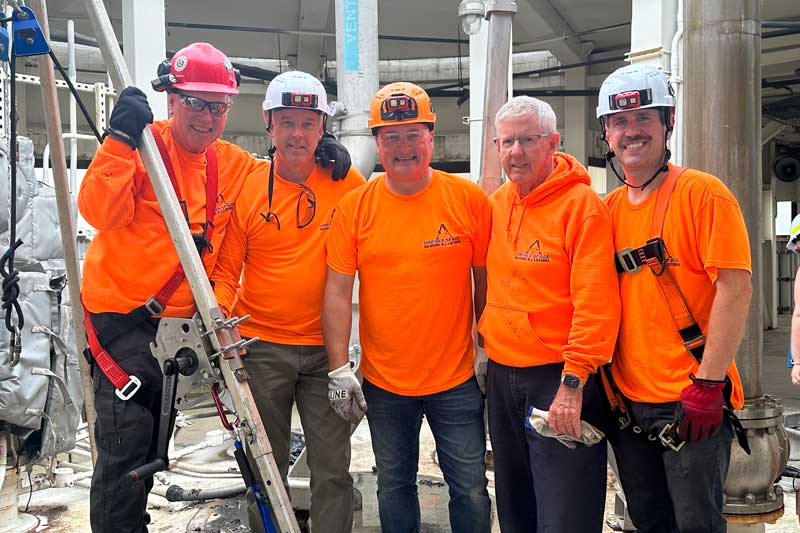At Confined Space Rescue Solutions (CSRS), we often see incidents that could have been avoided with the right knowledge and precautions. Confined space work presents unique risks that can lead to serious accidents if not properly managed. Whether your team is performing maintenance inside a tank, vessel, silo, or any other enclosed space, understanding and mitigating the hazards is crucial for ensuring safety.
In this blog post, we’ll walk you through the top 5 confined space hazards and provide actionable tips to avoid them. Safety should always be the top priority when entering these high-risk environments.
ONE- Atmospheric Hazards: Toxic Gases and Lack of Oxygen
One of the most dangerous hazards in confined spaces is the risk of encountering hazardous atmospheric conditions. These can include:
- Oxygen deficiency (less than 19.5% oxygen)
- Toxic gases (like hydrogen sulfide, carbon monoxide, or methane)
- Flammable vapors (leading to explosive environments within the space)
What CSRS Does to Mitigate the Risk?
- Continuous Air Monitoring: Our team always uses calibrated gas detectors to monitor the air quality inside the confined space. Ensuring that both the atmosphere within the space and the surrounding environment are constantly monitored for hazardous gases and oxygen levels is crucial.
- Ventilation: Before entry, we ensure the space is well-ventilated. If natural ventilation isn’t sufficient, mechanical ventilation will be done to help circulate fresh air.
- PPE (Personal Protective Equipment): Workers wear proper respiratory protection, such as self-contained breathing apparatus (SCBA) or air-supplied respirators, when working in oxygen-deficient or toxic environments.
- Pre-Entry Testing: CSRS will conduct a thorough atmospheric test before anyone enters the confined space to identify hazardous conditions. This test should be repeated periodically during entry, especially if work continues for extended periods.
TWO- Engulfment Hazards: Liquids and Solids
Confined spaces such as silos or pits often contain liquids or granular solids that can pose engulfment risks. Workers could be trapped or suffocated if these materials suddenly shift or flood the space.
How to Mitigate the Risk?
- Hazard Assessment: We conduct a detailed risk assessment of the confined space before entry. We look for areas where materials could shift or flood the space.
- Proper Lockout/Tagout (LOTO): Ensure that all equipment connected to the confined space is locked out and tagged to prevent accidental release of materials.
- Barriers and Guardrails: Use physical barriers or guardrails to prevent materials from shifting or flowing toward workers.
- Rescue Plan: Always have an emergency rescue plan in place that specifically addresses the potential for engulfment. Practice it regularly with the team.
THREE- Mechanical Hazards: Moving Equipment and Machinery
Confined spaces are often home to machinery or moving equipment that can pose a serious risk of injury. If workers are not aware of operating machinery or fail to isolate power sources, it could result in severe accidents.
How Will CSRS Mitigate the Risk?
- Lockout/Tagout (LOTO) Procedures: Prior to entering a confined space, ensure all equipment is powered down, and isolation devices are in place to prevent accidental startup of machinery.
- Training and Awareness: Make sure workers understand the location and function of any equipment inside the space. Regularly train staff on identifying machinery hazards and maintaining safe work practices.
- Personal Protective Equipment: Workers should wear the necessary PPE, such as gloves, helmets, and eye protection, to shield themselves from mechanical hazards.
- Safety Monitoring: If machinery must remain operational, ensure a trained spotter or safety observer is monitoring the situation to quickly address any issues.
FOUR- Physical Hazards: Trip, Fall, and Crush Risks
Confined spaces are often cramped and difficult to navigate, increasing the risk of physical injuries like trips, falls, and crush injuries. These environments may have uneven surfaces, obstructions, or unstable ladders that pose serious threats.
How Will CSRS Mitigate the Risk?
- Pre-entry Inspection: CSRS will conduct a thorough inspection of the confined space to identify any physical hazards such as sharp edges, unstable surfaces, or obstacles that could lead to trips and falls.
- Proper Entry and Exit Points: We ensure that workers can safely enter and exit the confined space. Use proper ladders, scaffolds, or other access equipment to reduce the risk of falls.
- Personal Protective Equipment: Ensure workers are wearing appropriate footwear to prevent slips and falls, as well as helmets and protective clothing to guard against crush injuries.
- Worksite Organization: Keep the workspace organized and free of unnecessary tools and materials that can contribute to trip hazards.
FIVE- Heat Stress and Extreme Temperatures
Confined spaces, such as manholes, especially those that are poorly ventilated, can become hot and humid, increasing the risk of heat-related illnesses such as heat exhaustion or heat stroke. Extreme temperatures can also make it harder to concentrate and react to emergencies.
What Will CSRS Do to Mitigate the Risk?
- Temperature Monitoring: Continuously monitor the temperature within the confined space to ensure it remains within a safe range. If necessary, install cooling systems or fans to keep the space comfortable.
- Hydration and Rest: Ensure workers have access to plenty of water and regular rest breaks. Allow workers to rotate in and out of the space to prevent fatigue.
- PPE and Clothing: Make sure workers wear lightweight, breathable clothing where appropriate. Special cooling vests or suits can also be worn if working in extreme temperatures.
- Medical Monitoring: Regularly monitor workers for signs of heat stress or fatigue and have a medical team on-site to respond to any heat-related emergencies.
Prevention is Key to Safety
Confined space hazards can be lethal, but with the right precautions and training, they are manageable. By understanding the risks — from atmospheric hazards to physical dangers — and taking proactive measures to lessen them, you can protect your workers and avoid costly accidents.
At Confined Space Rescue Solutions, we are dedicated to helping you stay safe and prepared. Whether it’s providing safety training, consulting on rescue plans, or offering emergency response services, we’re here to support your safety efforts every step of the way.
Remember, always assess the risks, plan your approach carefully, and never underestimate the hazards of working in confined spaces. Safety isn’t just about following regulations; it’s about building a culture of vigilance, training, and preparation to prevent accidents before they happen.
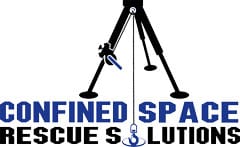
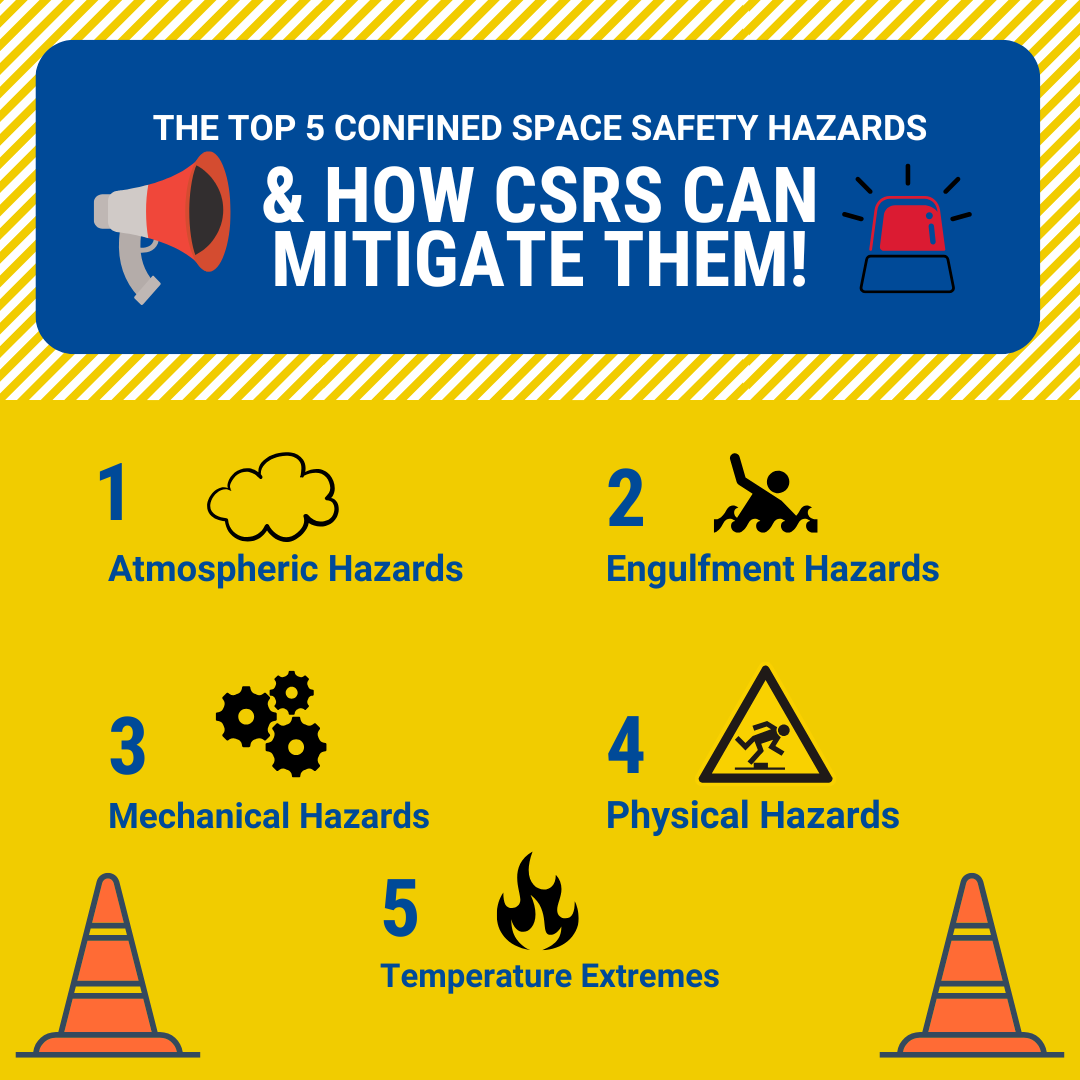
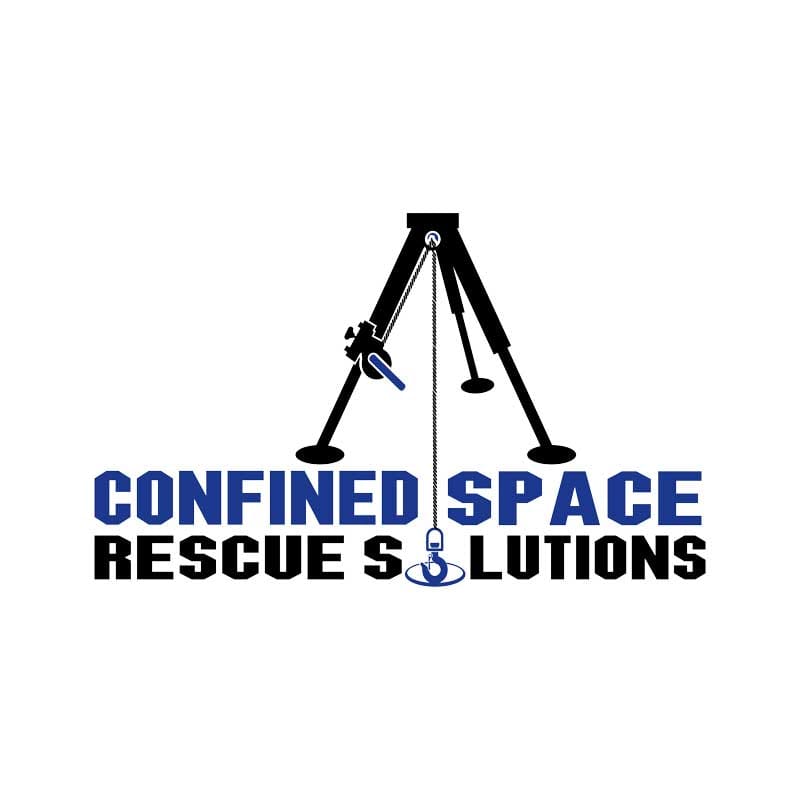 Confined Space Rescue Solutions, based in Quincy, MA, offers expert standby rescue and training services for employers with confined space entry needs. Serving clients across New England, the company specializes in ensuring the safety and compliance of workers in hazardous environments through professional rescue teams and tailored training programs.
Confined Space Rescue Solutions, based in Quincy, MA, offers expert standby rescue and training services for employers with confined space entry needs. Serving clients across New England, the company specializes in ensuring the safety and compliance of workers in hazardous environments through professional rescue teams and tailored training programs.



